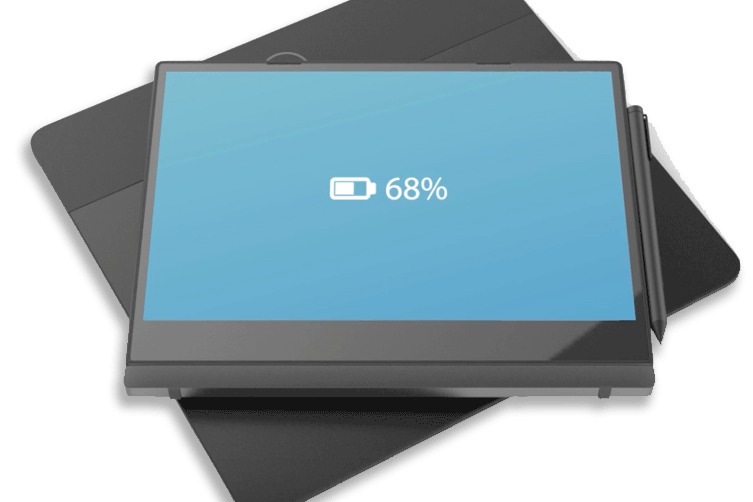Verizon to launch wireless Cat M1 network nationwide to juice IoT
Verizon on Friday will launch a nationwide wireless network designed to help developers, businesses, utilities and municipalities deploy secure internet-of-things devices at lower cost.
The Verizon 4G LTE Category M1 (Cat M1) network will span 2.4 million square miles and will be the first of its kind, the company said.
Many IoT technologies have been slow to catch on, but Verizon’s Cat M1 and similar networks will be game changers for IoT deployments, said Steve Hilton, an IoT analyst at Machnation.
Cat M1 is a low-power, wide area network (LPWAN) technology that competes most directly with other LPWAN networks like LoRa, Sigfox and Narrowband IoT, Hilton said. Cat M1 and Narrowband run on licensed spectrum, while the others run on unlicensed spectrum.
However, Verizon believes Cat M1 will also compete against Bluetooth, ZigBee and Z-Wave, wireless local area network (WLAN) technologies that connect to devices like thermostats and a wide array of appliances, such as washing machines and dryers.
“Cat M1 competes directly with Zigbee, Z-Wave and … Bluetooth,” said Mike Lanman, Verizon senior vice president for IoT, in an interview. He added, however, “there will always be other connecting technologies, and some might make more sense economically.”
Hilton agreed that some companies and utilities might want to deploy a Cat M1 approach and pay Verizon a monthly charge for the wireless service instead of managing a WLAN themselves.
“It really depends on how long the enterprise expects the device to live, how much management control the enterprise wants over the IoT network and relative prices,” Hilton said.
Where Cat M1 might be deployed
Devices running Cat M1, such as water and power meters and asset trackers, will get longer battery life and can be left unattended for up to a decade, Lanman said. The Cat M1 network will also provide broader and more consistent coverage, reaching areas like basements, and devices that are in-ground or behind walls.
Cat M1 operates at lower bandwidth than 4G LTE, usually between 300Kbps and 400Kbps. Verizon typically provides 4G LTE bandwidth download speeds of 5Mbps to 12Mbps.
Cat M1 would be suitable for wireless connections to devices like water meters that need to send their on-off status or usage readings on an hourly, weekly or monthly basis. It would be unsuitable for connecting to video monitors or devices needing fast video streams, Lanman said.
Cheaper chip modules
The economic benefits of using Cat M1 have improved greatly in the past year, Lanman noted. A year ago, a chipset for a Cat M1 device would have cost $15, but that price is now down to about $8. Verizon offers certified chipsets and devices for Cat M1 from Sequans Communications, Telit Communications, Qualcomm, Encore Networks, Link Labs and NimbeLink.
Hilton predicted the price of a LPWAN device could be less than $3 per device when produced in high volumes.
Verizon also said the wireless data cost for Cat M1 devices would be as low as $2 a month per device, with custom pricing that could be lower.
Benefits for ThingSpace developers
The Cat M1 nationwide network will likely be tested immediately by some of the 14,000 developers who are building applications and IoT devices on Verizon’s ThingSpace platform.
ThingSpace was created in late 2015 to provide tools for IoT developers to create, test, deploy, manage and market IoT apps. At the time that ThingSpace was launched, Verizon hinted it was working on a dedicated network for IoT to avoid the high cost of using regular LTE connections.
ThingSpace was initially made available to developers in 92 countries but has since grown to 175 countries. “It’s a one-stop shop,” Lanman said.
Better IoT security
With ThingSpace collaboration and connections to Verizon’s network, Lanman said developers can build in stronger IoT security to prevent massive cyberattacks like the one in October blamed on the Mirai botnet that targeted unprotected IoT devices.
When a consumer buys an appliance like a washing machine with Verizon’s Cat M1 connectivity, Lanman said, the machine can be plugged in and securely authenticated over the Cat M1 network automatically, so the consumer doesn’t have to type in a complex 16-digit password. Instead, the consumer will most likely connect to the machine via a simple smartphone app that provides controls and diagnostic information. A major benefit of that approach is that security updates can be automatically updated to the device over the Cat M1 network, Lanman said.
“The Cat M1 chipset finds the network and connects and authenticates with a layer of security you don’t find in other networks,” Lanman said. “It allows people to manage and update” more easily.
Most of the IoT devices that connect to Cat M1 will be made by companies other than Verizon. However, Verizon has plans to make its own IoT devices and recently announced HumX, an expanded version of its smart car and diagnostics app that also provides a Wi-Fi hotspot and enhanced vehicle location for $15 a month, plus $119 for activation and equipment. That service will use Verizon’s 4G LTE network.
Hilton predicted Cat M1 and other forms of LPWAN will be “game changers for IoT by giving large and small enterprises new options for deploying IoT uses.”
“Within three years, it is possible that 70% to 80% of carriers’ new IoT connections will be LPWAN-based,” he said.







